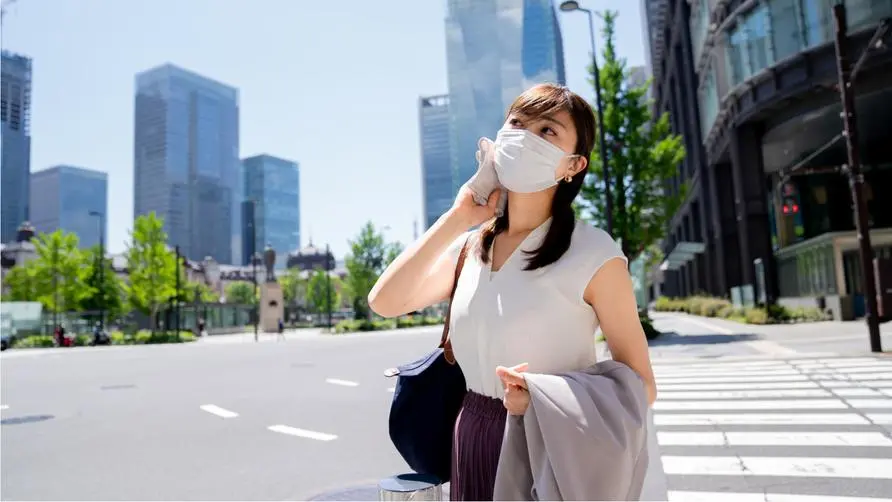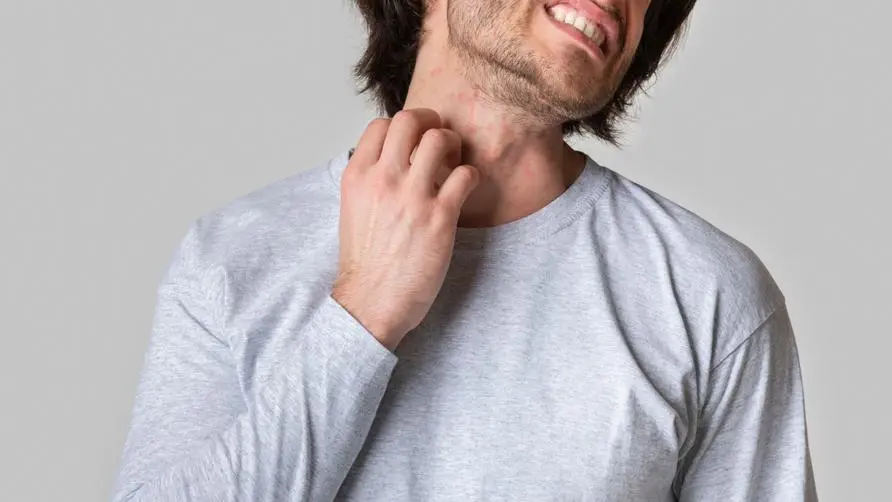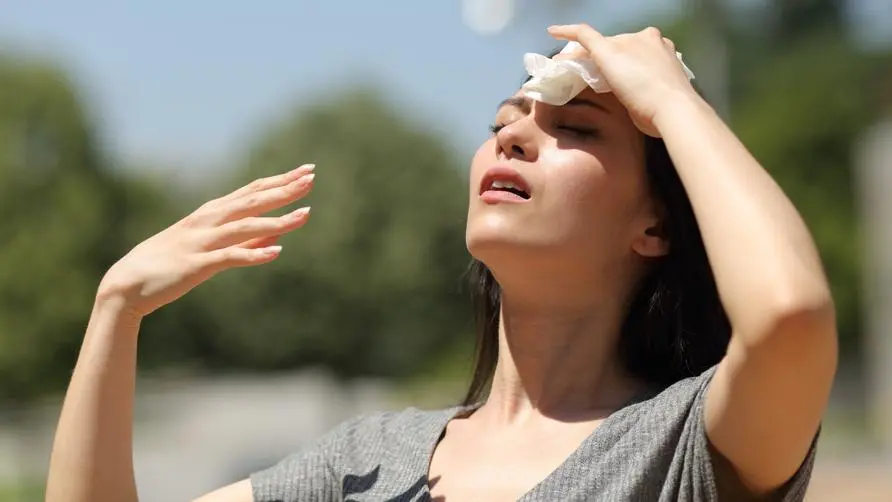Will not wearing sunscreen cause cancer? "6 steps" to reduce skin damage when you get sunburned! Doctors teach you how to choose the right sunscreen

Do you dare to go out without sunscreen in summer? The symptoms of sunburn are unimaginable!
Taiwan’s summers are unbearably hot and the sun’s rays are intense. If you are exposed to the sun for a long time, you may easily cause tanning, sunburn or skin lesions. Dr. Zhuang Boyu from the Community Medicine Department of New Taipei City Hospital said that skin sunburn is mainly caused by the sun’s ultraviolet (Ultraviolet, referred to as UV). Ultraviolet rays that cause damage to the skin are divided into two types according to different wavelengths, namely UVA (wavelength 320-400nm) and UVB (wavelength 280-320nm).
UVA has strong penetrating power and can reach the epidermis and deep dermis of the skin. Even if it is cloudy outside, UVA can penetrate clouds and even penetrate glass into the room, causing skin to tan, forming dark spots, and aging the skin. situation. Compared with UVA, UVB’s penetrating power is weaker and can only reach the epidermis layer of the skin. Common skin sunburns and sunburns are caused by UVB. In addition, the symptoms of “melanoma” that cause cancerous lesions on the skin are also related to UVB exposure.
Dr. Zhuang Boyu said that common sunburn symptoms include pain, skin redness, edema, blisters, scaling, nausea and vomiting, headache, fever, sensitivity to pressure and temperature changes, etc. Generally speaking, 3 to 5 hours after sunburn, the skin will begin to feel red, swollen, hot, and painful, and will reach the peak within 12 to 24 hours, and begin to ease after 72 hours; 3-10 days Within a few days, the redness and blisters on the skin will begin to subside, and after a few weeks to months, the skin will return to its pre-sunburned complexion.
If you don’t use sunscreen when going to the mountains or the sea, your skin will easily get sunburned! Doctors urge “six major measures” to alleviate symptoms
If you don’t want your skin to get sunburned or tanned in the hot summer, “sun protection” is very important. Dr. Zhuang Boyu reminds the public that during the hotter months from May to September, they should avoid outdoor activities from 10 a.m. to 2 p.m.; apply sunscreen and reapply it every 2 hours when going out; and do physical shielding, such as Wear a wide hat, a parasol, and sunglasses. Commuters can wear long-sleeved clothes. In addition, when participating in daytime outdoor activities, you can wear sun-protective clothing with a UPF (Ultraviolet Protection Factor) value greater than 30. When washing clothes, you can also use UV absorbers to enhance the sun-protective effect of the clothes.
If you go to the beach or mountainous areas without using sun protection, you can easily cause sunburn and peeling of your skin. Dr. Zhuang Boyu believes that 6 measures can be taken to prevent skin damage from getting worse:
Prevent continued exposure to sunlight.
Rinse cold water all over the body or apply wet compress with towel for about 15 minutes. If you use ice cubes, be careful of frostbite.
Apply aloe vera gel to sunburned areas to calm and moisturize the skin.
Use low-dose steroid ointment. It is not recommended to use if the wound is broken.
Use oral pranax or non-steroidal analgesics, but the use of “oral” steroids is not recommended.
Do not pop blisters, as popping blisters will increase the risk of bacterial infection.
Is there a secret hidden in the logo on sunscreen packaging? What do “magnitude” and “number” mean respectively?
The most commonly used sun protection tool for ordinary people is sunscreen lotion. However, there are many brands and types. Which one can achieve the best sun protection effect? Dr. Zhuang Boyu said that common labels on sunscreen packaging include “SPF (Sun Protection Factor)” and “PA (Protection Grade of UVA rays), which are commonly used by Japanese brands, while American brands use PPD)”, respectively. Sun protection level indication for UVB and UVA.
The higher the SPF coefficient, the longer the skin will be protected from sunburn or sunburn. For example, “SPF 25” means that the skin will be sunburned for 25 times longer, and the one with the highest coefficient will be displayed as “50+”; PA uses “+” to represent the sun protection level, and the highest one will display “PA++++”; PPD displays “≥16”, which can theoretically protect you from the sun for more than 160 minutes. Dr. Zhuang Boyu suggests that for daily sun protection, it is recommended to choose products with SPF 15 or above. If you want to engage in daytime outdoor activities, it is recommended to buy products with SPF 30 or above.
In addition, there may also be signs such as Broad spectrum protection (Broad spectrum), Boots Star Rating (Boots Star Rating), Water Resistance (Water Resistance), etc. Dr. Zhuang Boyu said that sunscreen products with the “Broadband Protection” label will have more even effects on UVA and UVB, and will be less likely to only protect against UVB but have no effect on UVA; the Boots star rating is British For the formulated sunscreen uniformity index, the higher the star rating, the more balanced the UVA and UVB sunscreen effects are, which is similar to the concept of broadband protection. As for sunscreens with waterproof capabilities, doctors recommend that they be used by outdoor workers or swimmers. Sunscreens labeled “Very Water Resistance” can provide protection for at least about 80 minutes.
Finally, Dr. Zhuang Boyu also gave suggestions on the daily dosage of sunscreen. Taking the face as an example, use about the size of a 10-yuan coin; for one arm, use about 1/2 to 1/3 of the palm; for the back, chest, abdomen, and legs, use about 1 palm. The amount of size. Before exposure to the sun, you need to apply sunscreen to all exposed skin (including lips and ears) 15 minutes in advance. It is best to apply mosquito repellent after 15 minutes, because mosquito repellent needs to be applied on the outer layer to achieve the best protection. Anti-mosquito effect, and applying sunscreen to the inner layer can also reduce the skin’s absorption of the more toxic ingredients in the mosquito repellent.
Source:【Understanding Thermal Injury】-Dr. Zhuang Boyu





